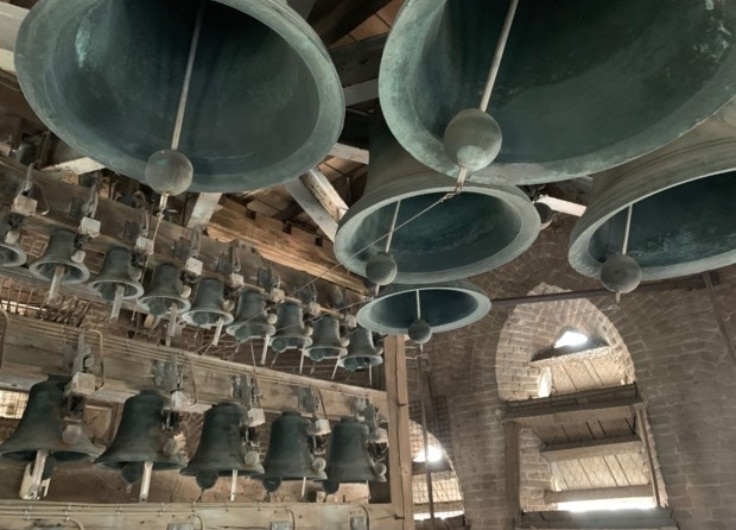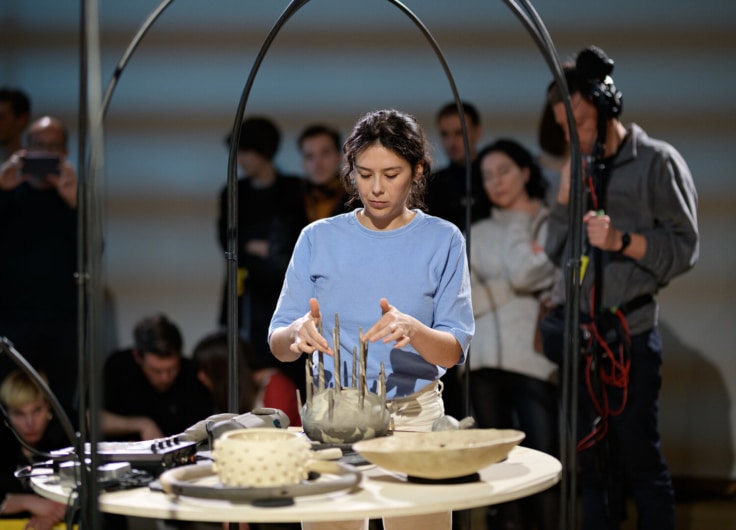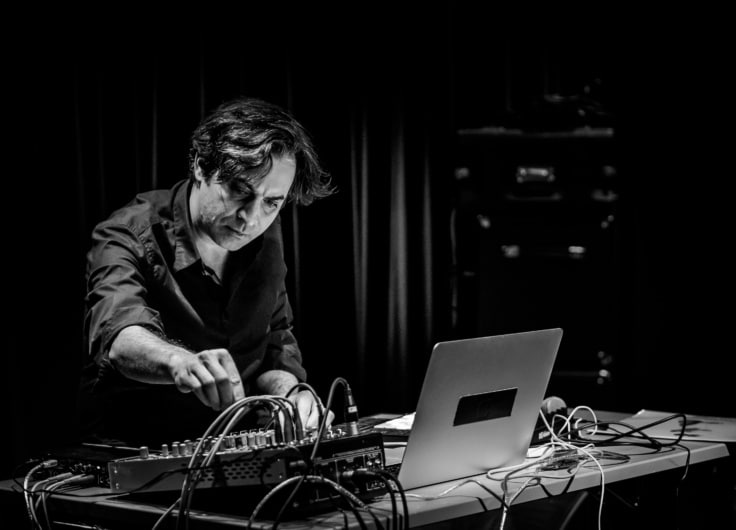The Sensitive Sound Archive of Elise ‘t Hart
Dutch artist Elise ’t Hart captures everyday sounds in order to share them through installations that evoke a highly sensitive experience. She calls her growing archive the Institute for House Sound, and it played a central role in her first solo exhibition, Cosy Corner
at the CODA Museum (Apeldoorn).
When Elise ’t Hart (b. 1991) was asked to participate in the PaltzBiennale 2022 in Soest, she took part in an early exploration of the estate where this artistic event takes place. When a plane flew overhead, not one of the other participating artists looked up, yet the whole group was startled when a twig snapped in the distance.
This anecdote is a nice illustration of the disruptive quality of sound. At one time, the human brain had to instantly recognise unexpected sounds, as they could indicate danger. Evolutionary millennia later, our brains are still tuned the same way.
Recording the Home
This event inspired ‘t Hart to create a composition of the sound of a hundred twigs snapping. This turned out to be quite difficult, because each twig sounded different when it was breaking; each sound was unpredictable. Even as a practised listener, ‘t Hart wasn’t quite sure what to expect. When you walk on the path near the estate during the biennale, and you hear all those twigs snapping, you feel on edge. The ‘downside’ to your auditory instinct is that familiar sounds provide us with peace of mind.
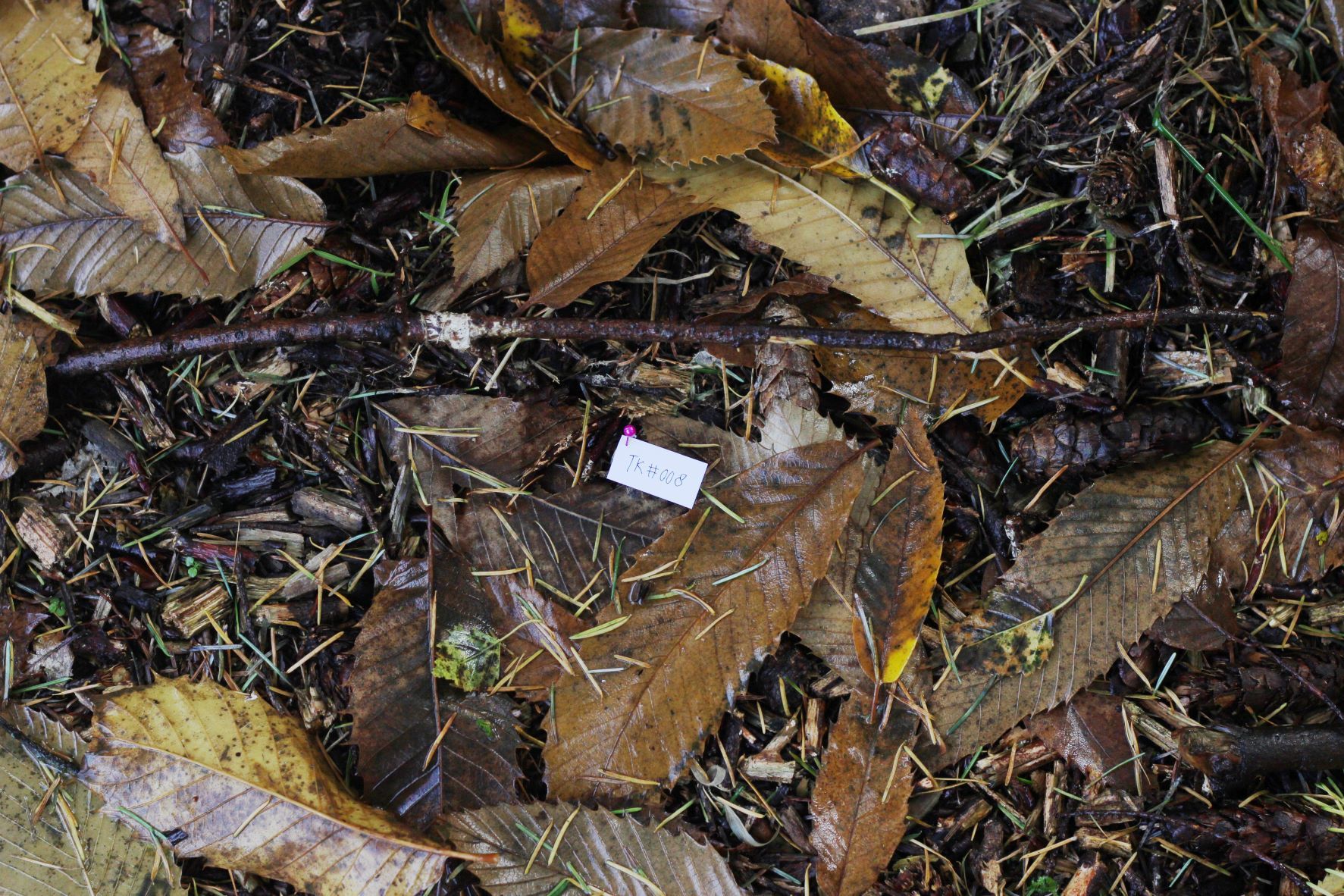
© Elise 't Hart
At the same time, this means that familiar sounds often escape our conscious attention. But not with ‘t Hart, who characterises herself as someone whose ears are always open. This ear for detail was something she’s had from an early age, when she would ‘read’ the mood at home by the way the dishwasher was loaded. However, it was only relatively late that she decided to actually record sound. She began doing this in her last year of art school, when she moved from a student house to an apartment. A shame, she thought, that she would no longer hear those familiar sounds; just like those of the previous houses she’d lived in. She decided to record the distinctive sounds of her new home, and began to create compositions based on those individual recordings.
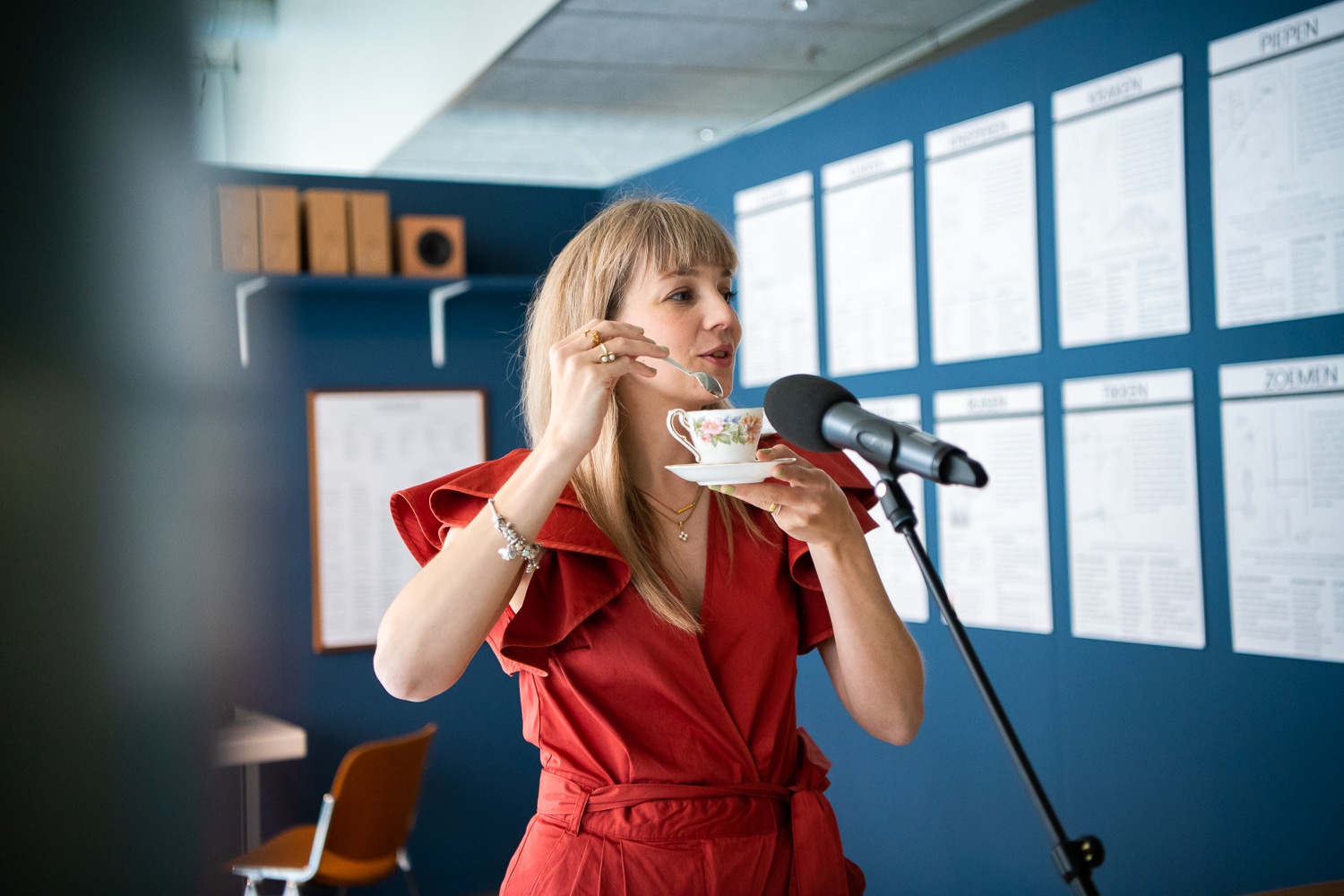 Elise 't Hart
Elise 't Hart© Sushilla Kouwen
This way of working quickly felt natural to ’t Hart, but not all her teachers at art school knew what to do with it, and thought she would be better off going to conservatoire. Her partner did study at a music college, but when he presented her work to his teachers, they in turn thought it was more suited to art school. This difficult-to-define position pleased ’t Hart: it reinforced her sense that she was working on something special. Incidentally, her way of working is beginning to be adopted, as she now teaches at an art academy, where several of her students work with sound.
Safety, irritation and danger
‘t Hart’s fascination for sounds has led to a whole series of projects, exhibitions and residencies. As a result, she has created a large archive of sounds and other documentation. Since 2013, she has dubbed the archive the Institute for House Sound, and it continues to grow. She takes documentation seriously, and includes descriptions of each sound’s source as well as archival index cards. She also uses a clear definition of ‘house noise’, as can be read on her website: ‘collective name for sounds, audible within the walls of a house’.
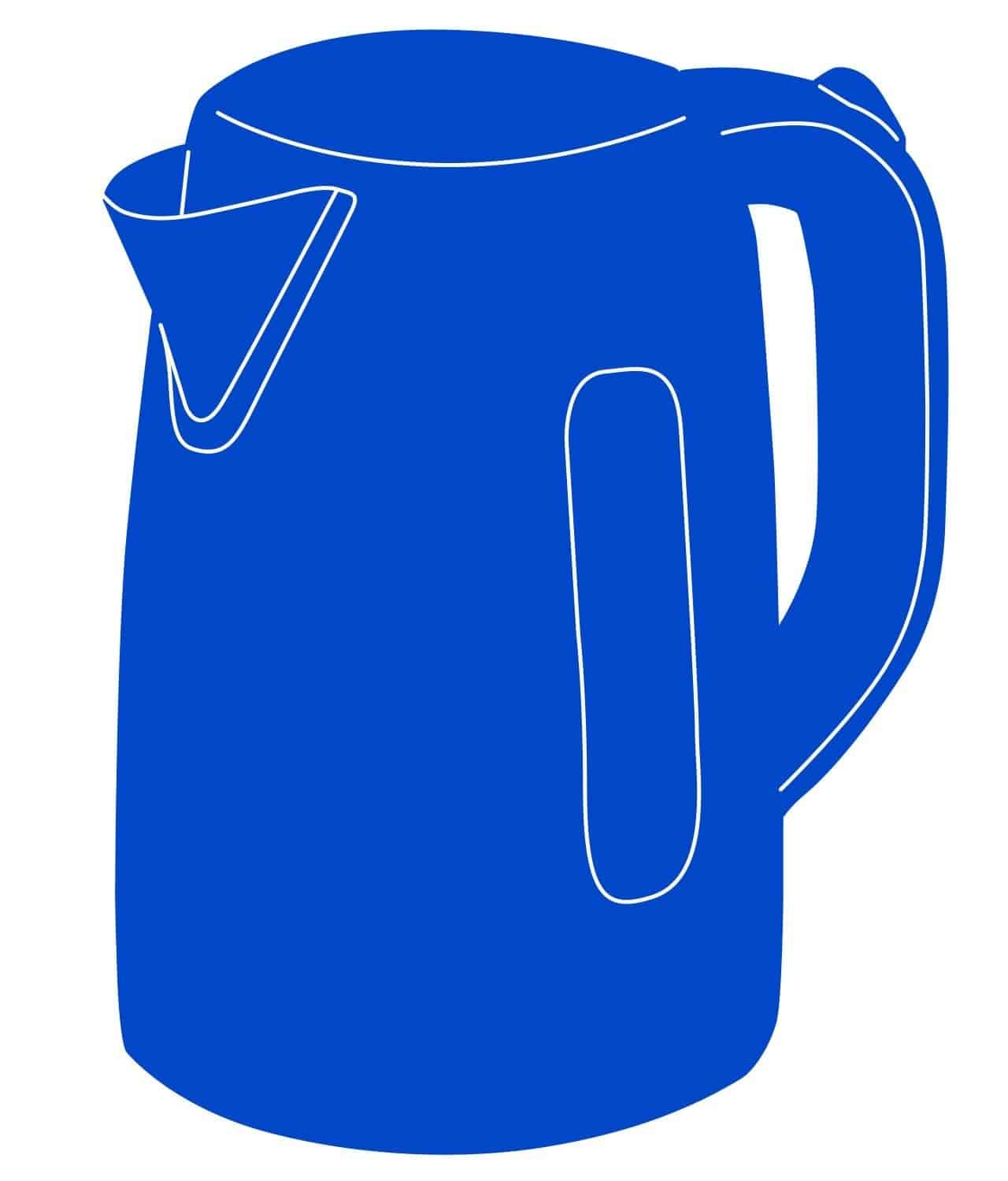

 Illustrations on the website of the Institute for House Sound
Illustrations on the website of the Institute for House Sound© Elise ’t Hart
At the same time, this is not a dry, academic project from which all tenderness and emotion have been squeezed. The sensitivity of the experience is central: for example, only being able to partially recognise sounds and trying to place them. One doesn’t recognise the sound of the coffee machine readily if there’s no visual representation, notes ‘t Hart. You can experience a sense of safety or nostalgia with some sounds – ‘t Hart tells me that she can remember the clatter of her grandmother’s cups and saucers well, among other things. The aforementioned response to unexpected auditory stimuli is also a brilliant example of a sensory experience. Think also about when you’re irritated by a sound – prolonged exposure only makes things worse.
However diverse and intensive your relationship with sound might be, ‘t Hart’s focus is remarkable within the current field of art, and by extension, within today’s society, which is to a great extent defined by a deluge of visual material. Quantitatively speaking, the term ‘audiovisual art’ more often applies to work in which the visual aspect is most important. Sound often fulfils a supporting function.
At ‘t Hart, those roles are reversed. She usually makes installations with speakers or headphones. Photos of the works of art often depict people listening: a beautiful way to visualise something invisible. Ultimately, this type of art is all about attentive listening.
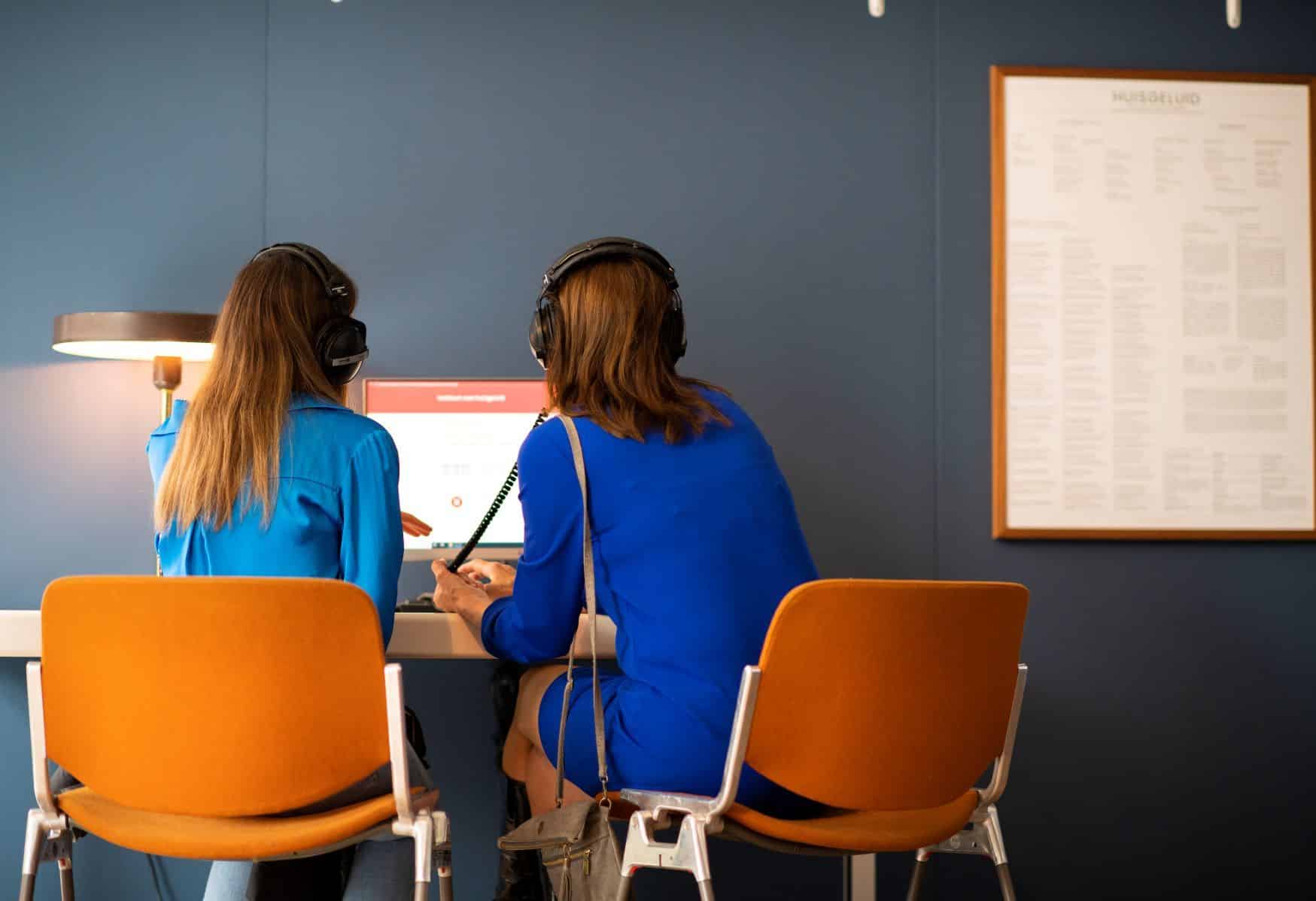 Installation photo Cosy Corner at the CODA Museum
Installation photo Cosy Corner at the CODA Museum© Sushilla Kouwen
Windy ventilation
The Institute for House Sound
has since led to ‘t Hart’s first solo exhibition, Cosy Corner, at the CODA Museum in Apeldoorn. The exhibition once again included an installation, with a pair of headphones and a computer on which you can view the Institute’s
website. On it, you can find sounds like GA_#68 tapping keyboard and
GA_#67 windy ventilation. It was also possible to look for specific sounds, or to just let yourself be surprised. Each sound is accompanied by a short description and a drawing. ‘t Hart describes how she deliberately didn’t use photos, as she was significantly inspired by music encyclopedias which also usually include drawings of instruments.
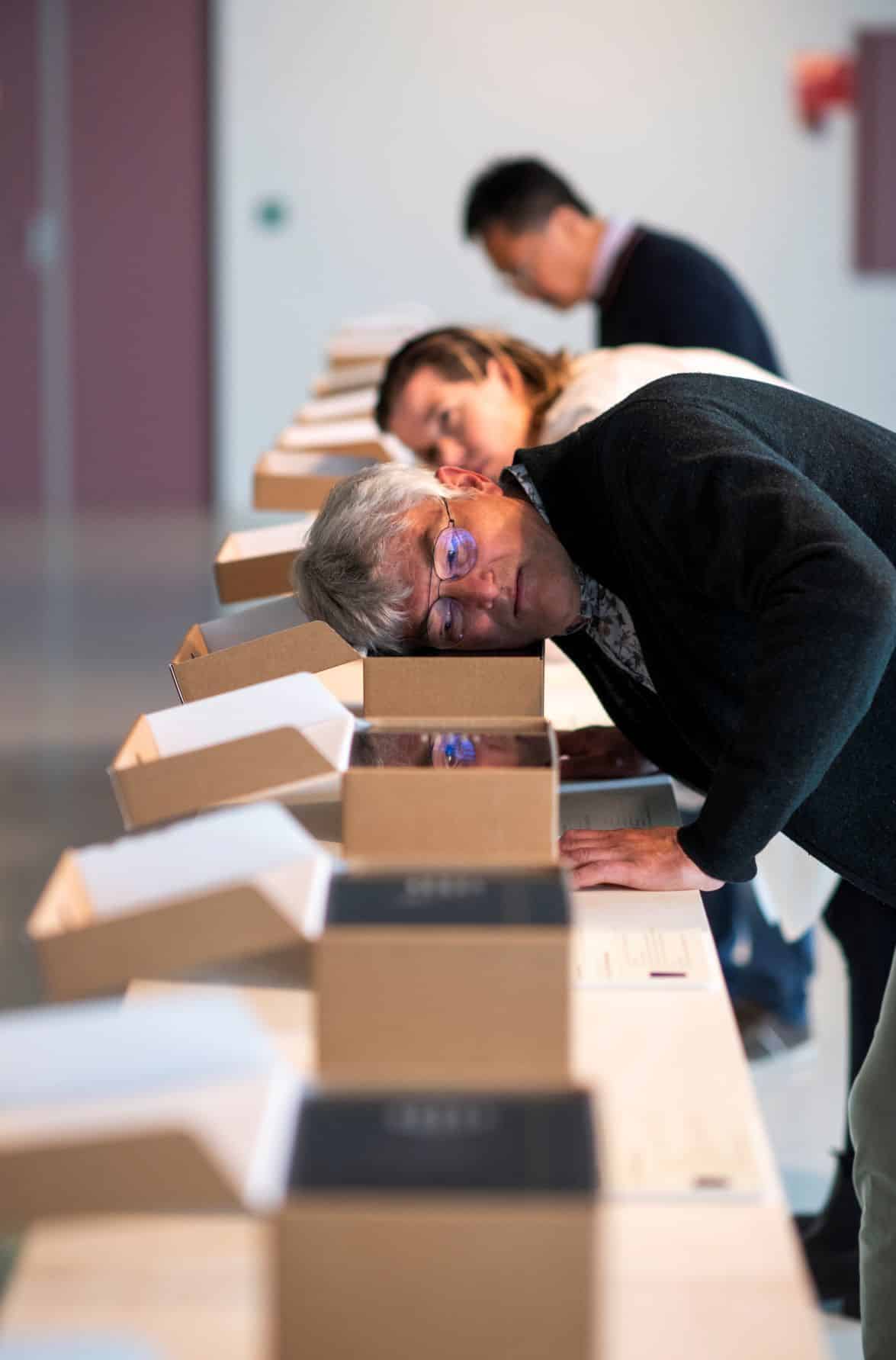
© Sushilla Kouwen
The website went live at around the same time as the exhibition opened, so that you could also absorb all those house sounds at home. The exhibition itself was named after the piece Cosy Corner, which was created by the designer and architect Chris Wegerif (1859-1920). It is a single, large piece of furniture, which incorporates a sofa and a cabinet. Anyone entering the museum space, sees this piece of furniture first. On closer inspection, one notices a loudspeaker embedded in the plinth on which it is mounted. More familiar in this context are the sounds of footsteps, which also occasionally resound through the room. As ‘t Hart led me through the hall, I thought for a moment that someone really was walking up to us. There’s that instinct again – something which is apparently pretty difficult to switch off. Sound, therefore, has a big impact on shaping our experience of a space.
Subtle, rounded tinkling
While Cosy Corner was her first solo exhibition, it certainly wasn’t Hart’s first exhibition. She used previous exhibitions and residencies to expand the archive with new house sounds, and to create work for those specific locations. For example, she captured the sound of a library, and the sound of the Belgian village Watou – known for the arts festival of the same name.
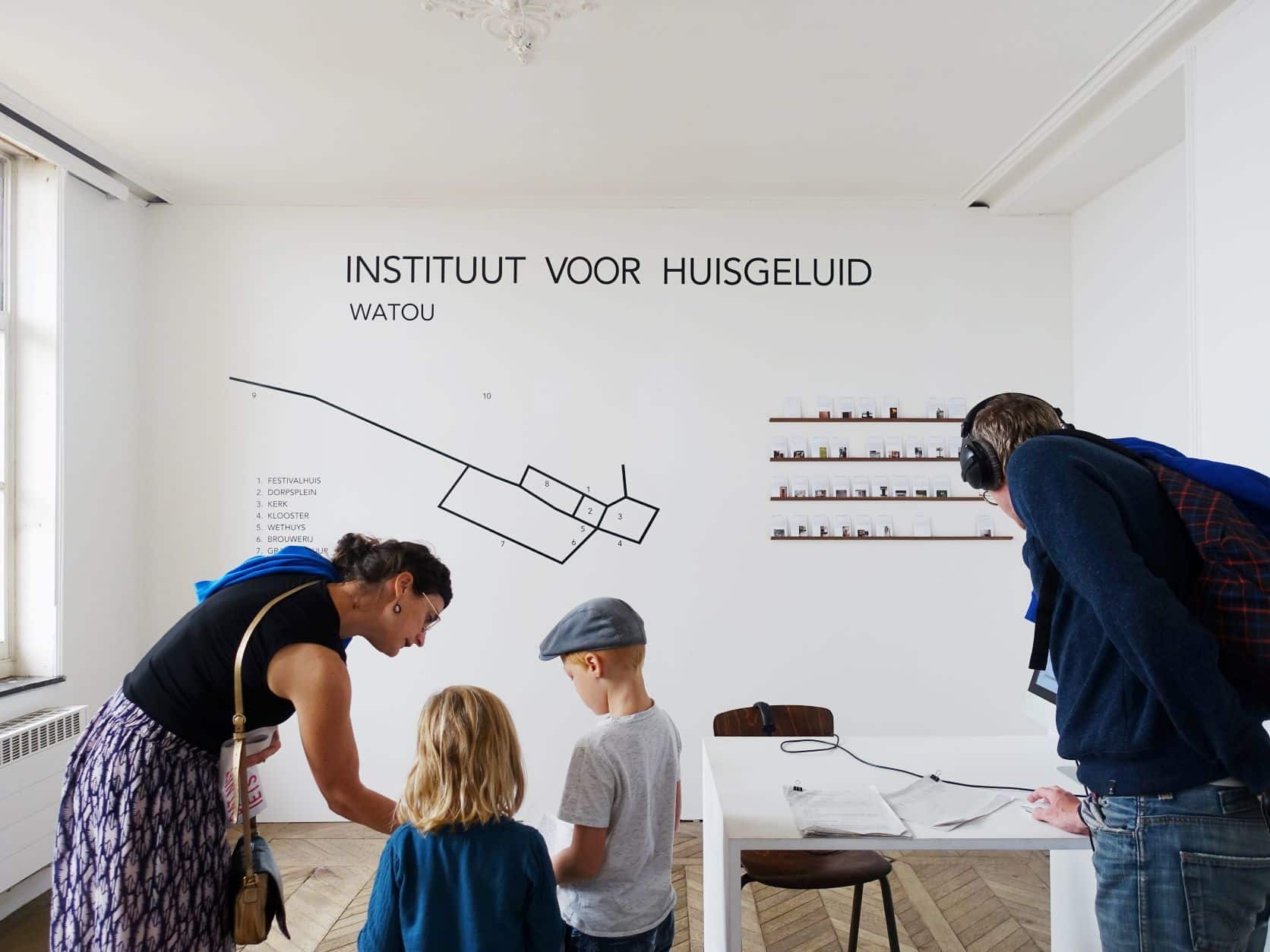 Installation photo How does Watou sound? during Arts Festival Watou 2019
Installation photo How does Watou sound? during Arts Festival Watou 2019© Elise ’t Hart
And with Cosy Corner too, she saw a great opportunity to document ‘new’ sounds. Through various collaborations, the CODA Museum has become home to a very diverse collection of art and objects. Among other things, ‘t Hart found a collection of vintage teacups.
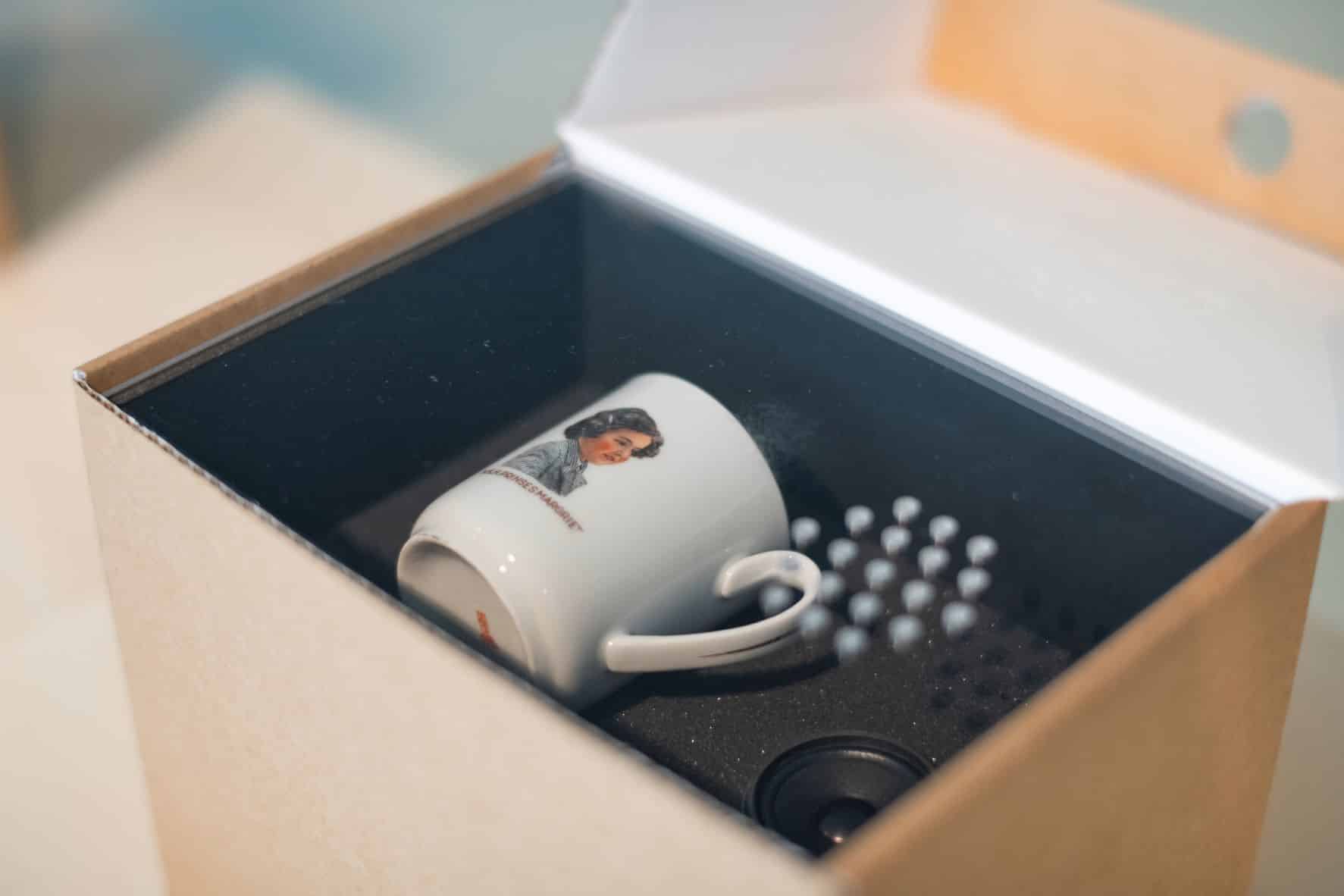 Installation photo Cosy Corner at the CODA Museum
Installation photo Cosy Corner at the CODA Museum© Sushilla Kouwen
The porcelain was displayed in a way that was both reminiscent of the display case, and of a portable record player with a built-in speaker. The installation as a whole clearly shows how sound is paramount for ’t Hart. Instead of directly showing the cups making a sound, she shows how the tinkling noise is caused by these objects. That difference in nuance says a lot about the relationship between image and sound within ‘t Hart’s oeuvre. Each object is also accompanied by an index card with delightful notes such as: ‘Tinkling: low, subtle, rounded tinkling: rongoo nongong longrongrrng loong. Extra rattling by saucer.’ The cups in the exhibition are museum pieces: there is little chance that you will still hear their precise sounds ‘in the wild’. In addition to a sense of safety or irritation, ‘t Hart’s compositions can also evoke melancholy: after all, a sound can disappear in an instant.


